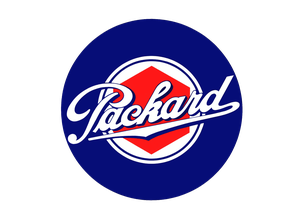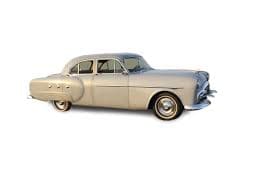PACKARD Car PDF Manuals
Packard Cars History
There're 4 PACKARD car shop service manuals PDF, electric wiring diagrams.
Packard is an American luxury car brand that existed from 1899 to 1958.
For many years, it cars were sold under the advertising slogan "Ask the man who owns one".
Founders of Packard Motor Car Co. William and James Packard played a minor role in the fate of the company, since in 1903 it was bought by entrepreneur Henry Joy.
He moved equipment from Warren, Ohio to Detroit, Michigan, where he built a state-of-the-art reinforced concrete plant designed by architect Albert Kahn.
In 1915, the company produced the world's first production car with a V12 engine, the Packard Twin Six.
As a result, the Packard name has become one of the top three prestigious American brands with the letter "P", along with Peerless and Pierce-Arrow.
Much of the credit for propelling the Packard brand to market leadership belongs to Alvan Macaulay, head of Packard Motor Car Co. in 1916-1939
Under his leadership, the company overtook competitors and in 1924 took 1st place in sales among luxury automakers in the United States.
However, in 1930, due to the Great Depression, Packard lost the lead to the Cadillac brand, which was part of General Motors.
Most of the competition went out of business during this period, but Packard survived on the low-cost mid-range models of the 8-cylinder Packard 120 and the Packard 110/115 that appeared in the mid-1930s.
They helped increase sales at the expense of the brand's exclusivity, although the effects of this were not immediately visible.
After the war, Packard management relied on the Clipper model, which combined both the "junior" and "senior" series in one aerodynamic body.
This strategy reduced the cost of maintaining two production lines, but blurred the distinction between expensive and cheap Packard machines.
In 1952, the new president of the company, James Nance, decided to differentiate the lineup again.
This eventually led to Clipper becoming its own brand in 1956.
However, in the conditions of the "price war" between Ford and GM, independent automakers had only one way out - to unite.
In 1954, Packard and Studebaker reached an agreement to merge to form the Studebaker-Packard Corporation.
When the planned AMC takeover deal fell through, the newly formed corporation effectively went bankrupt and was taken over by the Curtiss-Wright firm.
In 1956, the Packard plant in Detroit was closed.
An attempt to revive the brand in 1957-1958. by releasing duplicate models, Studebaker only prolonged its agony.
The final decision to liquidate the Packard division was made in 1962, when Studebaker itself had three years to live.



